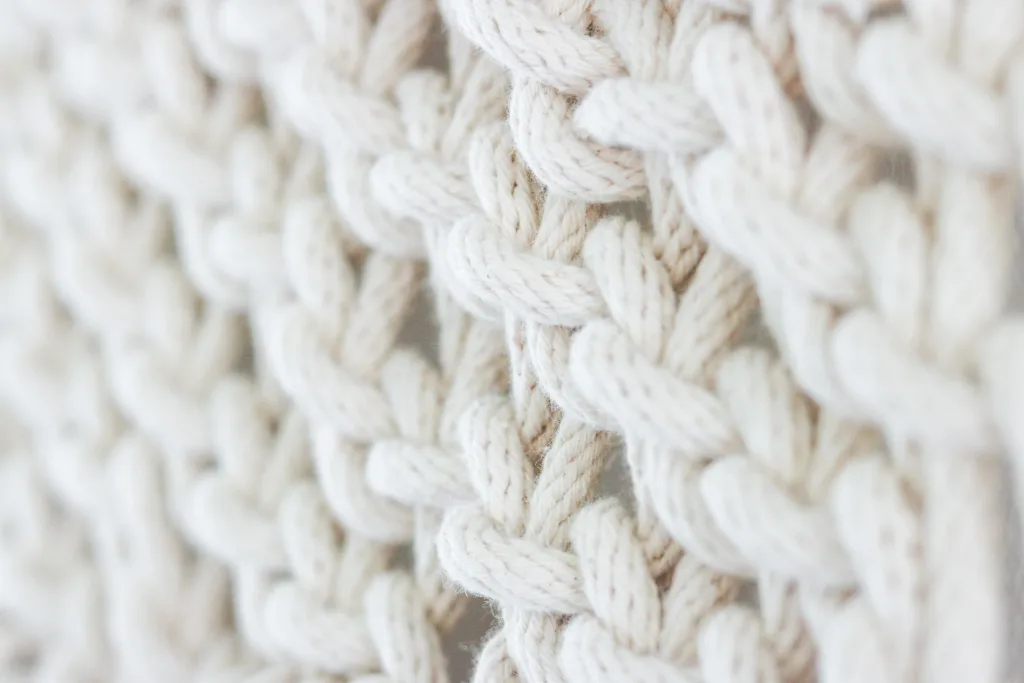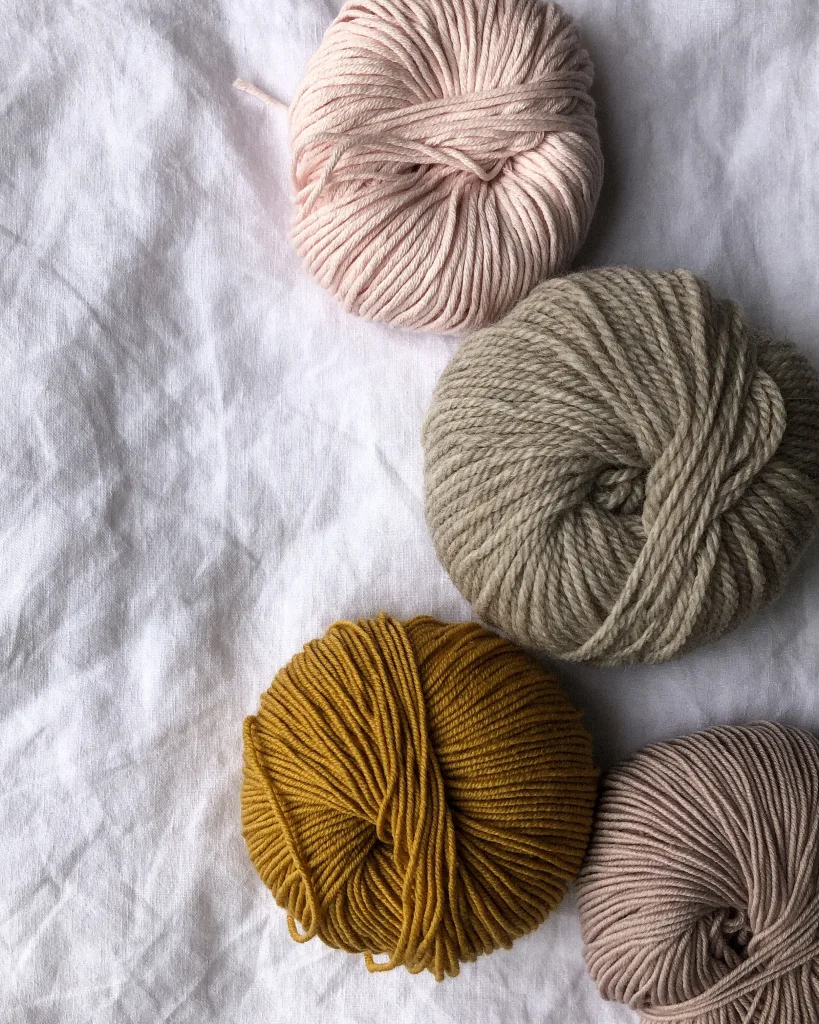Wool has long been regarded as one of the warmest materials available, and for good reason. Its unique structure allows it to trap air, providing excellent insulation and keeping the body warm in cold weather. But what sets wool apart from other materials is its ability to provide warmth even when wet.
When it comes to staying warm in wet conditions, wool is the clear winner. Unlike materials such as cotton, which lose their insulating properties when wet, wool retains its ability to keep you warm. This is because wool fibers are hydrophobic, meaning they repel water and do not absorb it easily. Instead, water tends to bead up on the surface of wool garments, allowing you to stay dry and warm.
But how does wool manage to keep you warm even when wet? The answer lies in its unique structure. Wool fibers are made up of overlapping scales, which create tiny pockets of air. These air pockets act as insulation, trapping heat and preventing it from escaping. Even when wet, these air pockets remain intact, providing insulation and keeping you warm.
In addition to its insulating properties, wool also has the ability to wick away moisture from the body. This means that even if you do sweat or get wet, wool will help to draw moisture away from your skin, keeping you dry and comfortable. This is especially important in cold weather, as wet clothing can lead to a rapid loss of body heat.
When it comes to choosing the warmest material for wet conditions, wool is certainly a top contender. However, there are other materials that also provide warmth even when wet. One such material is a wool-acrylic blend. This blend combines the insulating properties of wool with the quick-drying abilities of acrylic, making it an excellent choice for wet weather.
Another popular option for staying warm in wet conditions is polyester. Polyester is a synthetic material commonly used in softshell layers or as a filling between the mid-layer and outerwear. It is lightweight, affordable, and has the added benefit of being resistant to water. This means that even if your polyester clothing gets wet, it will still provide insulation and keep you warm.
If you’re looking for an outer layer that will keep you warm even when wet, puffer jackets are a great choice. These jackets are filled with either down or synthetic insulation, such as polyester. Down is known for its exceptional warmth, but synthetic insulation can also provide excellent insulation when wet. Puffer jackets are lightweight, making them ideal for hiking or backpacking trips where weight is a concern.
Wool is the warmest material available, providing excellent insulation even when wet. However, there are other materials, such as wool-acrylic blends and polyester, that also provide warmth in wet conditions. When choosing clothing for wet weather, it’s important to consider the number of layers you can wear and the thickness of the materials. Ultimately, the warmest clothing for you will depend on your specific needs and preferences.
What Material Is Better For Warmth?
When it comes to warmth, the material that stands out as the warmest is wool. This natural fiber has excellent insulation properties that help to trap heat and keep you cozy. However, not all wool is created equal in terms of warmth. Thicker wool, such as Icelandic wool, is even better at providing insulation against the cold.
If you’re looking for a balance between warmth and other factors like cost and durability, a wool-acrylic blend can be a good option. It combines the warmth of wool with the added benefits of acrylic, such as increased durability and affordability.
The warmth ranking of materials:
1. Thicker wool, such as Icelandic wool, offers the highest level of warmth.
2. Regular wool is also an excellent choice for warmth.
3. A wool-acrylic blend provides a good balance between warmth, durability, and cost.
It’s important to note that the warmth of your clothing will also depend on the number of layers you can wear and the thickness of the materials. Layering can significantly enhance insulation by trapping air between layers, creating a barrier against the cold.

Will Polyester Keep You Warm When Wet?
Polyester is known for its ability to keep you warm even when it gets wet. Unlike natural materials like down, which lose their insulating properties when wet, polyester retains its ability to provide warmth.
Here are some reasons why polyester is effective at keeping you warm when wet:
1. Water resistance: Polyester is naturally resistant to water, meaning it repels moisture rather than absorbing it. This helps to keep the insulation layer dry, allowing it to continue trapping body heat.
2. Quick-drying: Polyester has a low absorbency rate, which means it does not retain water for long periods. It dries relatively quickly, ensuring that it remains lightweight and does not lose its insulating properties.
3. Thermal properties: Polyester fibers are designed to create air pockets, which help to trap warm air close to the body. Even when wet, these air pockets remain intact, providing insulation and retaining heat.
4. Breathability: Polyester is known for its breathability, allowing moisture vapor to escape from the fabric. This prevents the accumulation of sweat and helps to regulate body temperature, keeping you dry and warm.
It is important to note that while polyester is effective at keeping you warm when wet, it may not provide the same level of insulation as when it is dry. In extreme cold or wet conditions, layering with additional waterproof or insulating garments is recommended to ensure maximum warmth and protection.
Polyester is a reliable choice for outdoor activities where there is a chance of getting wet. Its water resistance, quick-drying properties, thermal insulation, and breathability make it a suitable option for staying warm in various weather conditions.
Does Nylon Keep You Warm When Wet?
Nylon, being a synthetic material, does not retain heat well when it gets wet. Unlike natural fibers such as wool or down, nylon does not have the ability to insulate and retain warmth in the same way. When nylon gets wet, it tends to feel colder because it doesn’t retain heat. In fact, nylon takes longer to dry compared to other fabrics, which means that even if it gets wet, it will stay damp for a longer period of time.
The reason for this is that nylon has a lower thermal conductivity, meaning it doesn’t transfer heat as efficiently as other materials. When water comes into contact with nylon, it takes more heat energy to warm it up, resulting in a colder sensation. This is why nylon can make you feel colder when it gets wet.
However, this characteristic of nylon can be beneficial in hot climates. When nylon fabric gets wet, the moisture on the surface evaporates, which creates a cooling effect on the body. The evaporation of the moisture helps to regulate body temperature and can provide a cooling sensation in hot weather.
Nylon does not keep you warm when wet due to its low thermal conductivity. It feels colder when wet and takes longer to dry compared to other fabrics. However, in hot climates, the evaporation of moisture from nylon fabric can provide a cooling effect on the body.
Does Cotton Provide Warmth When Wet?
Cotton does not provide warmth when wet. When cotton gets wet, it loses its insulating properties and becomes a poor conductor of heat. This means that it does not trap heat close to the body, making it difficult for the body to stay warm. In fact, wet cotton can actually make you feel colder because it draws heat away from the body.
Here are a few reasons why cotton does not provide warmth when wet:
1. Absorbency: Cotton has a high absorbency rate, meaning it can hold a significant amount of water. When it gets wet, the water is absorbed into the fabric, which can make the clothing heavy and uncomfortable to wear. This water then acts as a conductor, drawing heat away from the body.
2. Evaporation: Wet cotton takes a long time to dry because it has poor moisture-wicking properties. As a result, the water remains in the fabric, creating a damp environment against the skin. This dampness can lead to a feeling of coldness as the water evaporates from the fabric, further cooling the body.
3. Insulation: Cotton fibers are not designed to trap or retain heat. Unlike materials such as wool or synthetic fabrics, cotton does not have the ability to create an insulating layer of air around the body. This lack of insulation means that even when dry, cotton does not provide as much warmth as other materials.
Cotton is not a suitable choice for staying warm when wet. Its high absorbency, poor moisture-wicking properties, and lack of insulation make it ineffective at retaining heat. If you need clothing that will keep you warm even when wet, it is better to opt for materials such as wool, synthetic fabrics, or specialized outdoor gear designed for wet conditions.

Conclusion
Wool is undoubtedly one of the warmest materials available for clothing. Its natural insulating properties make it a fantastic choice for keeping you cozy and comfortable in cold weather. Additionally, the thickness of the wool can further enhance its warmth, with thicker Icelandic wool being particularly effective.
Furthermore, wool has the added advantage of retaining its insulating properties even when wet. This is in stark contrast to materials like cotton, which lose their ability to keep you warm when they become wet. So, if you find yourself in a situation where your clothing gets wet, wool will still provide you with some level of insulation.
On the other hand, if you are looking for a more lightweight option, a wool-acrylic blend or polyester filling in softshell layers can provide a good balance of warmth and weight. These materials are commonly used in outdoor gear, such as puffer jackets, which are designed to keep you warm while being lightweight and resistant to water.
Ultimately, the choice of the warmest clothing for you will depend on factors like the number of layers you can wear and the thickness of the materials. But rest assured, wool is a reliable and effective choice for staying warm in chilly conditions.
